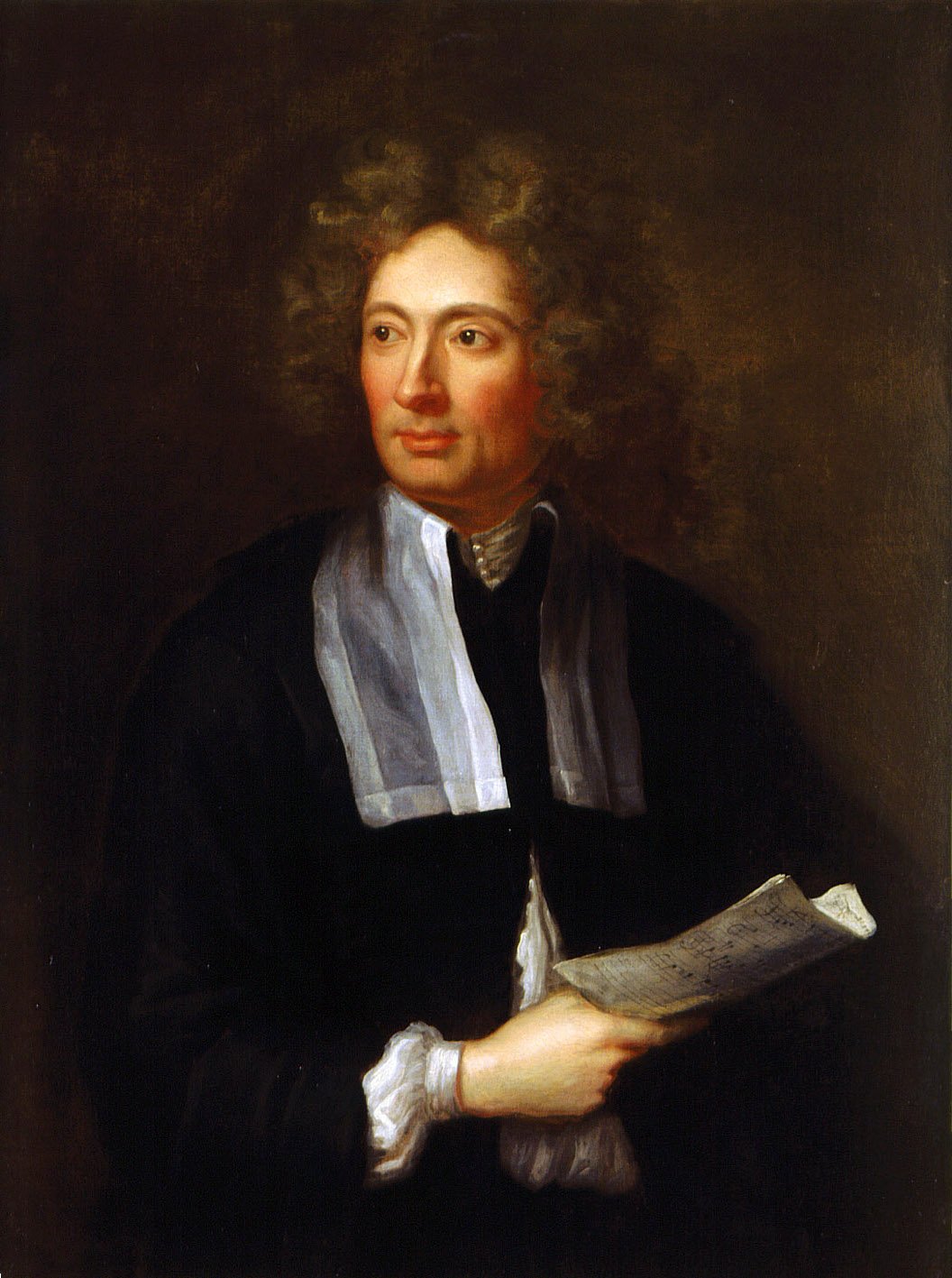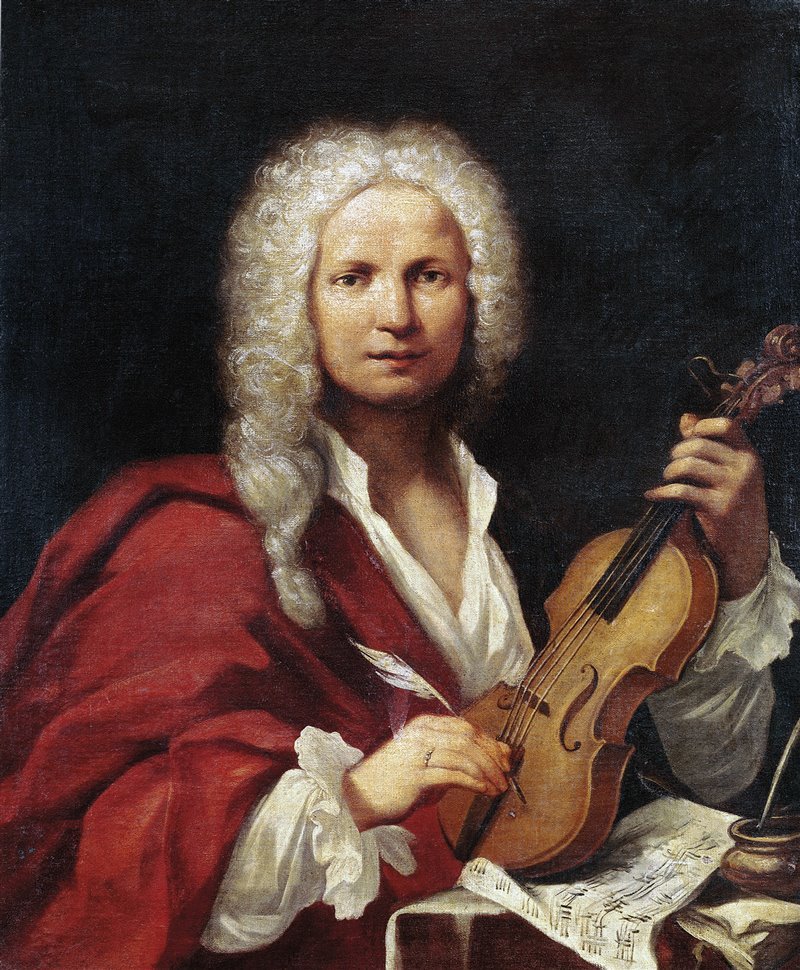
EO Recital: Un Natale Veneziano
16 DEC 2022, 7:30PM
EO Recital: Un Natale Veneziano
VIVALDI | CORELLI | VALENTINI | TORELLI | SCHIASSI | CAVALLI
16 DEC 2022, 7:30PM
St Thomas the Martyr, Winchelsea
Ensemble OrQuesta Baroque
Ed Taylor – violin
Kate Agustino – violin
Flora Fontanelli – violin
Chris McClain – violin, viola
Oliver Mansfield – cello
Marcio da Silva - harpsichord
Peter Hatch - harpsichord
Paul Jenkins - recorder
Helen May - recorder
Programme
Vivaldi - Winter from The Four Seasons
Corelli - Christmas Concerto
Valentini - Sinfonia a tre per il santissimo Natale
Torelli - Concerto a Quattro in forma di pastorale per il santo Natale
Schiassi - Sinfonia Pastorale per il Santissimo Natali di Nostro Jesu
Cavalli - Canzoni e Sonate
Ensemble OrQuesta, in partnership with Winchelsea Arts, welcomes you to a special concert by candlelight to celebrate the baroque Italian Christmas tradition. This tradition originated in folk music - peasants playing musical instruments would go from town to town to re-enact the shepherds’ adoration of the Christ-child. This style of music gradually evolved into the high art pastorale and this in turn was subsequently incorporated into the concerto form, with several important works being composed in celebration of the nativity. The church will be decorated to reflect the Venetian theme.
Un Natale Veneziano.
The sentimental and idyllic picture generally summoned up by Christmas concerti, especially those of the Baroque period, does not altogether reflect musical reality in Italy. Whereas today’s listener imagines joyful music composed in a pious time, the musical landscape portrayed in the concerti of the Italian baroque composers was altogether richer and more colourful. The traditional background to Italian pastorale works was in fact the Christmas music-making of the pifferari and zampognari (the piffero was a shawm, the zampogna a kind of bagpipe) – this was the music-making of shepherds who played in Italian towns at Christmas time in remembrance of the shepherds of Bethlehem. Typical recurring features of this music are the thirds melodies, the burden bass and the gently swaying siciliano rhythm – elements that were subsequently absorbed into the pastoral genre and from thence into the concerto form.
A look at the works produced by two generations of Italian composers in Venice, Bologna, and Rome around 1700 reveals great diversity in the concerto genre, with a wealth of different forms, musical technique and melodic inspiration that certainly deserve the name ‘baroque’ (Italian barocco— literally ornate, irregular). It is perhaps iluminating to pick out a few highlights.
Arcangelo Corelli (1653-1713)
At the beginning of this tradition stands Arcangelo Corelli (1653-1713), who was equally important as a composer and a violinist. Trained in Bologna and Rome he became a dominant figure in Roman musical life and internationally highly regarded, he was desired by many courts and was included in the most prestigious artistic and intellectual society of his time, the Pontifical Academy of Arcadia. He was known in his time as "the new Orpheus”, "the prince of musicians" and great folklore was generated around his figure. His fame did not diminish after his death.
Corelli is represented here by the Christmas Concerto, the popular name for his Concerto grosso in G minor, Op. 6, No. 8. This was commissioned by Cardinal Pietro Ottoboni and published posthumously in 1714 as part of Corelli's Twelve concerti grossi, Op.6. The concerto bears the inscription Fatto per la notte di Natale (made for the night of Christmas). Its composition date is uncertain, but there is a record of Corelli having performed a Christmas concerto in 1690 for the enjoyment of his new patron. Each relatively short movement provides multiple tempi and a range of major and minor suspensions. The concerto ends with Corelli's famous Pastorale ad libitum, a peaceful finale in the pastorale form.
Giuseppe Torelli (1658-1709)
A slightly younger contemporary of Corelli was Giuseppe Torelli (1658-1709), who is particularly remembered for his contribution to the development of the instrumental concerto. He is represented here by his Concerto a Quattro in forma di pastorale per il santo Natale, Op 8, No.6. Torelli was born in Verona but began his career as a composer, violinist, and violist in Bologna. He was accepted as a member of the prominent Accademia Filarmonica in 1684 at the age of 26, fourteen years after Corelli. After spending five years abroad, he returned to Bologna for the rest of his days.
Torelli produced numerous and often imposing symphonies for use in the San Petronio Cathedral in Bologna well before the turn of the century. He was the first composer to write a concerto for solo violin and string orchestra (published at Augsburg, 1698), and his Concerti Grossi Op 8, which appeared in print shortly after his death, are the very first concertos for two solo violins. It is the sixth of these that contains the Christmas music. In this a solemn ‘Grave’ sets the scene for the Pastorale, marked ‘Vivace’ and cast in 12/8 metre, the two solo violins carrying much of the melodic interest. A meditative Largo then leads into another ‘Vivace’ which is a Gavotte en Musette in all but name - the held bass notes strongly suggesting the drone of the shepherds’ pipes.
Antonio Vivaldi (1678-1741)
To represent the work of Antonio Vivaldi (1678-1741) Ensemble OrQeusta have chosen Winter from The Four Seasons - a set of four concertos for violin and orchestra written by Vivaldi between 1718 and 1720 while he was the court chapel master in Mantua. Each concerto gives expression in music to a season of the year. Unusually for the period, Vivaldi published the concerti with accompanying sonnets (possibly written by the composer himself) that elucidated what it was in the spirit of each season that his music was intended to evoke. The concerti therefore stand as one of the earliest and most detailed examples of ‘programme’ music – music with a narrative element.
‘L'inverno’ or ‘Winter’ is the fourth concerto. Its opening movement resembles a shivering person, stamping his feet in rhythm to stay warm. The middle movement portrays the pleasure of getting warm inside by a crackling fire. The final movement presents people outdoors walking down icy paths, while people indoors feel the relentless chill as it finds its way inside.





